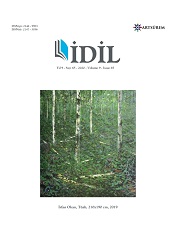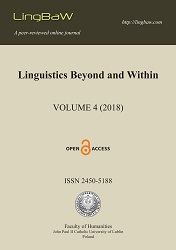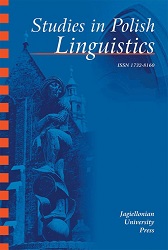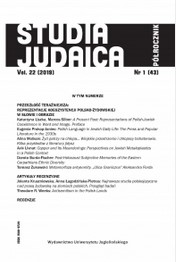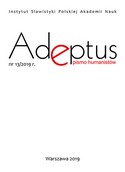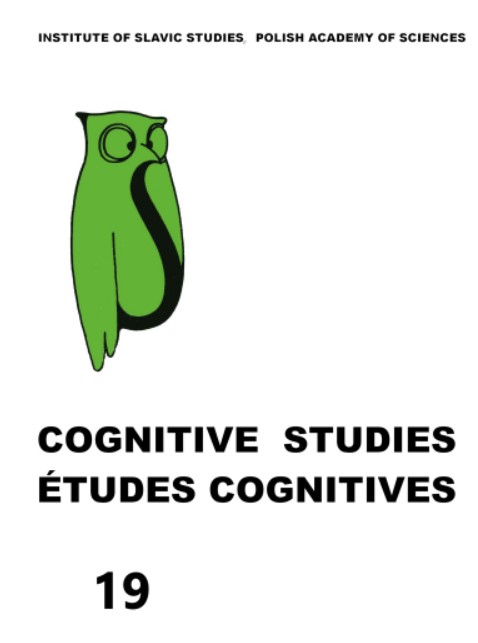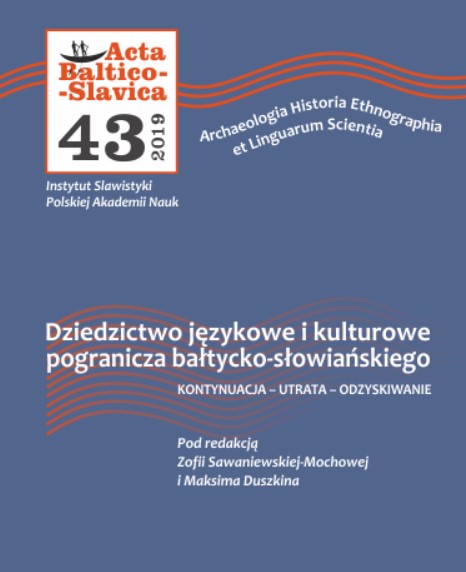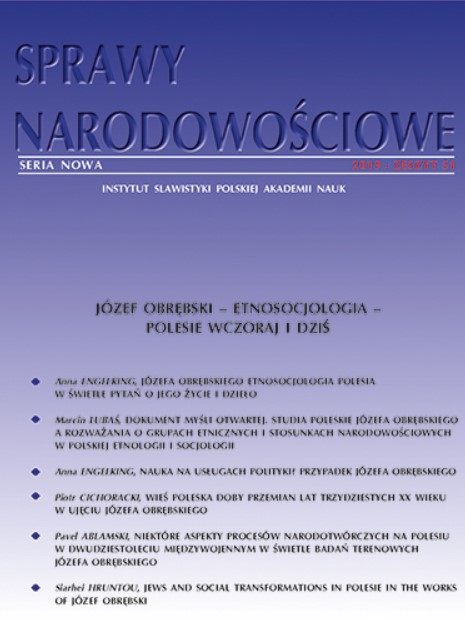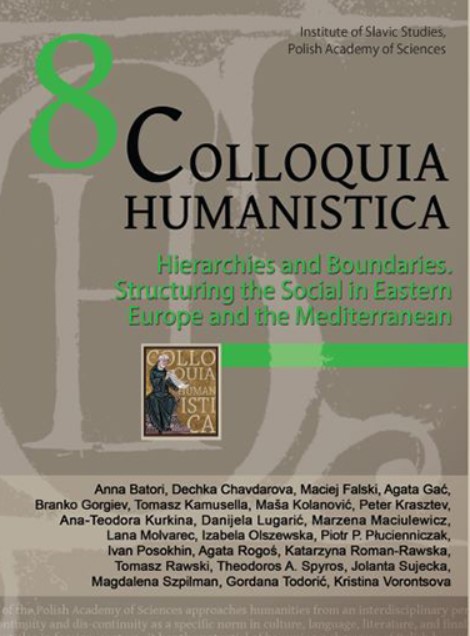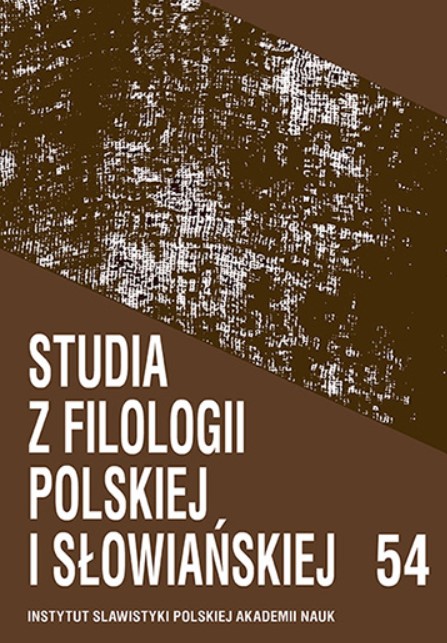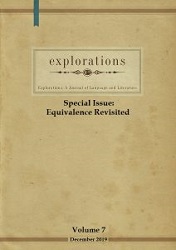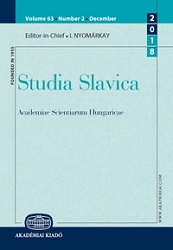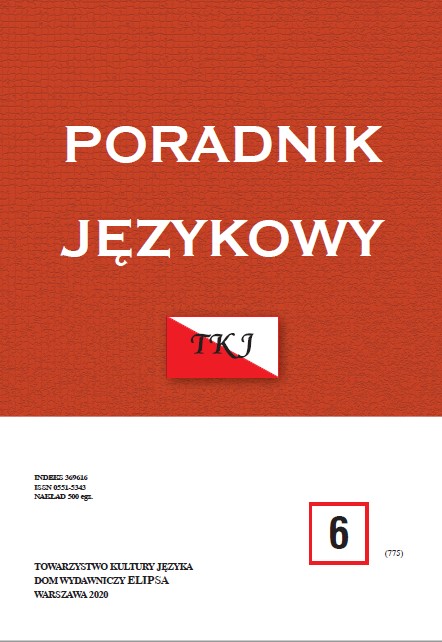
Rozwój świadomości językowej obywateli II Rzeczypospolitej na tle procesów integracyjnych
The subject matter of this paper is the development of language awareness in the society in the context of the integration of diverse social classes in Poland in the period 1918–1939. This study covers several specific aspects: 1) language awareness of the Polish intelligentsia, 2) language integration of the Polish dialectal environments, 3) language integration of other nationalities, 4) role of the regionalistic movement and the Polish school in integrating the state. In the linguistic studies on the interwar period, the researchers have concentrated on the language used by the educated class and the Polish national identity, and – as emphasised by the author – not enough attention has been given to the evolution of the language awareness of the lower social class and the complicated language and national awareness in the borderline between ethnical groups. This paper briefly discusses the source material, which could be used in further research: peasants’ diaries, Sejm records, linguistic and sociological studies from the interwar period.
More...
